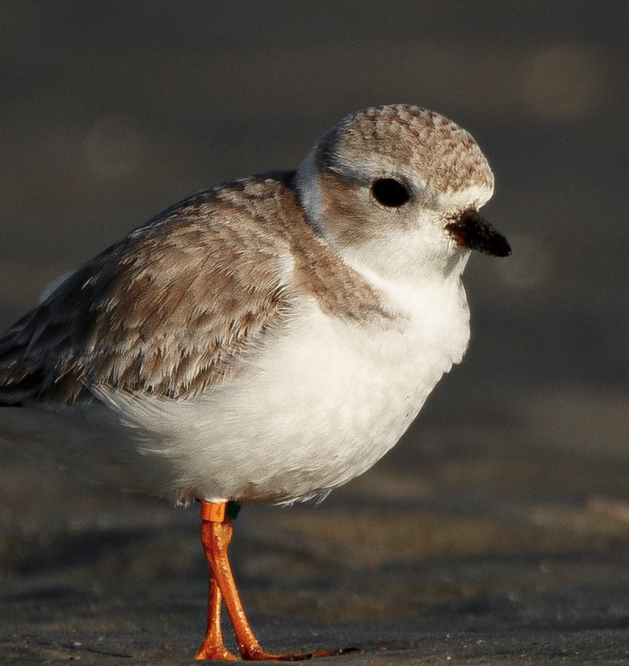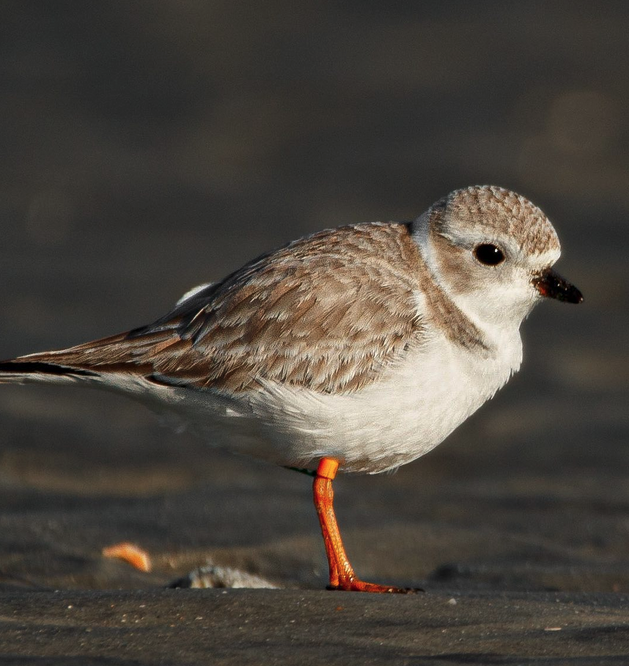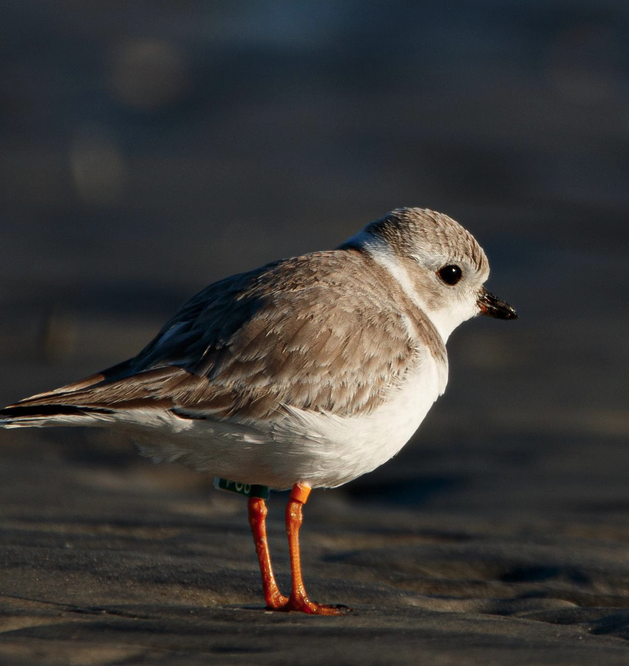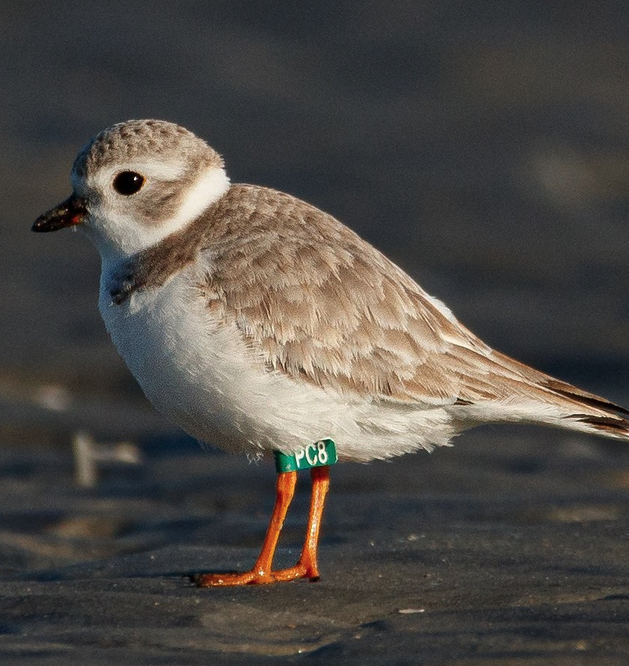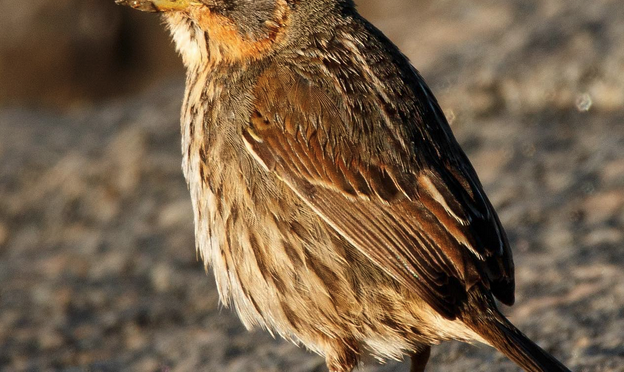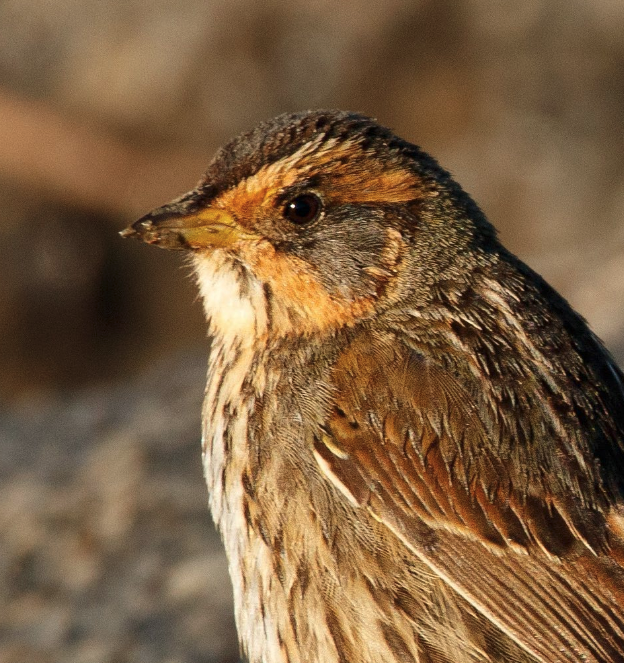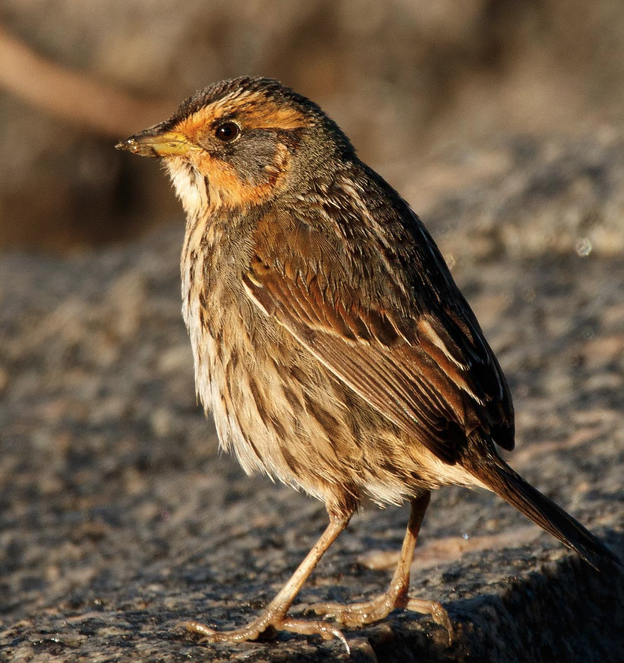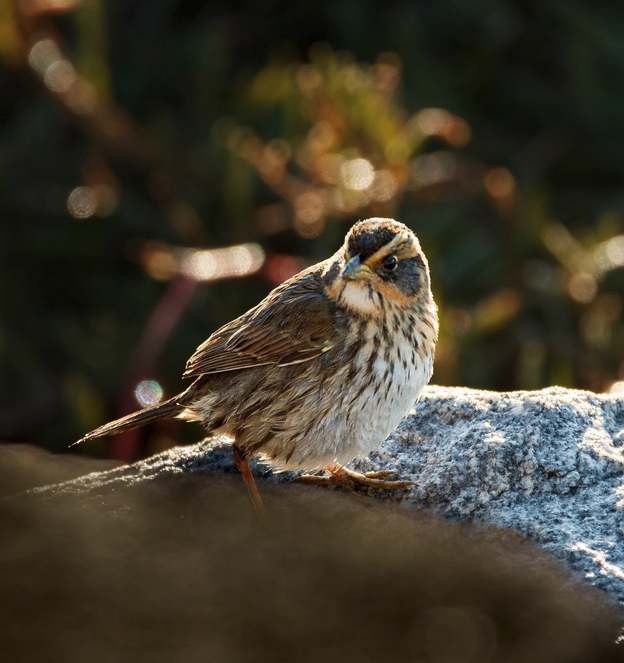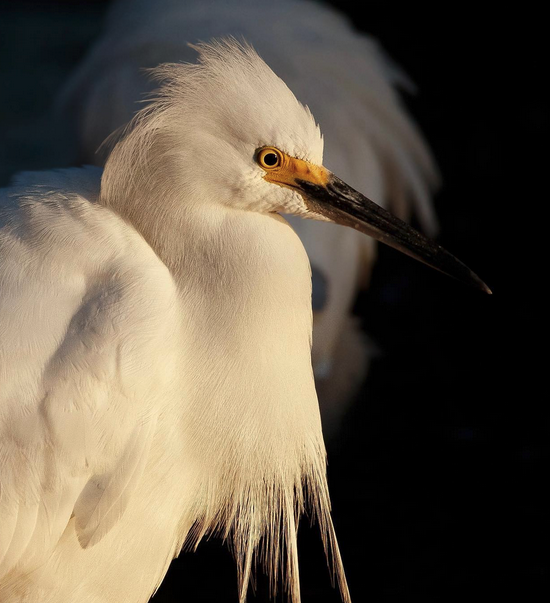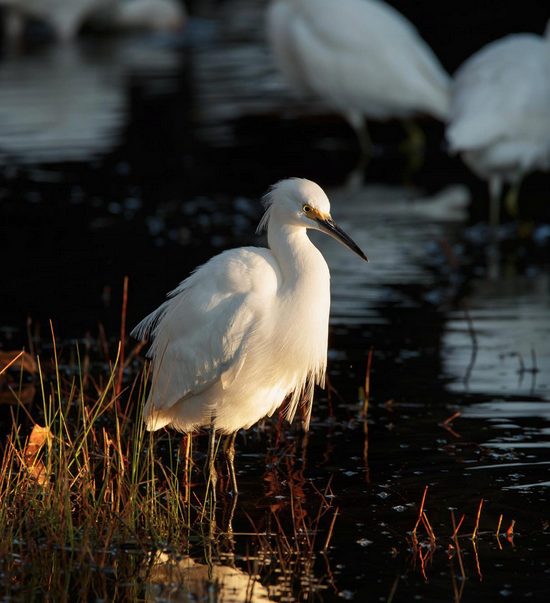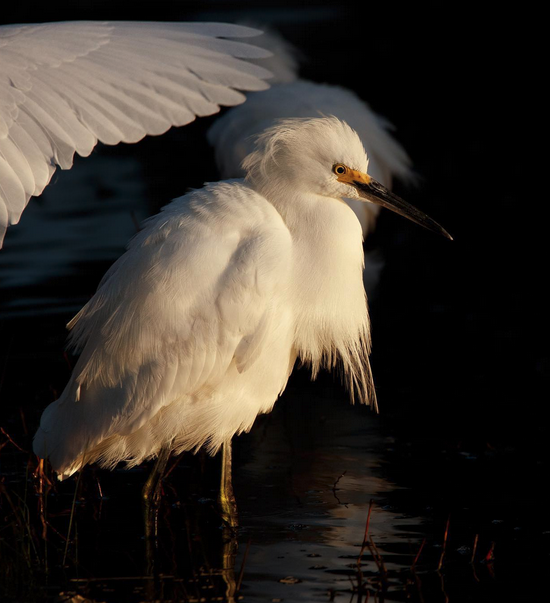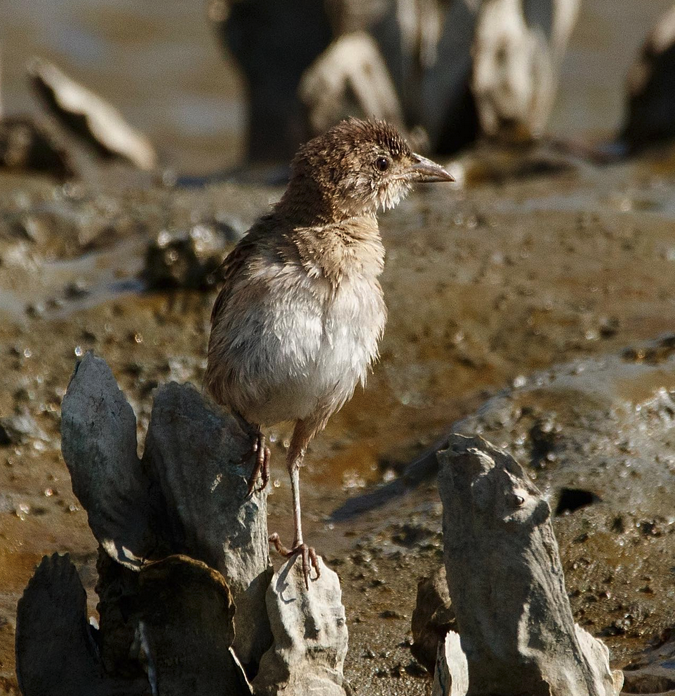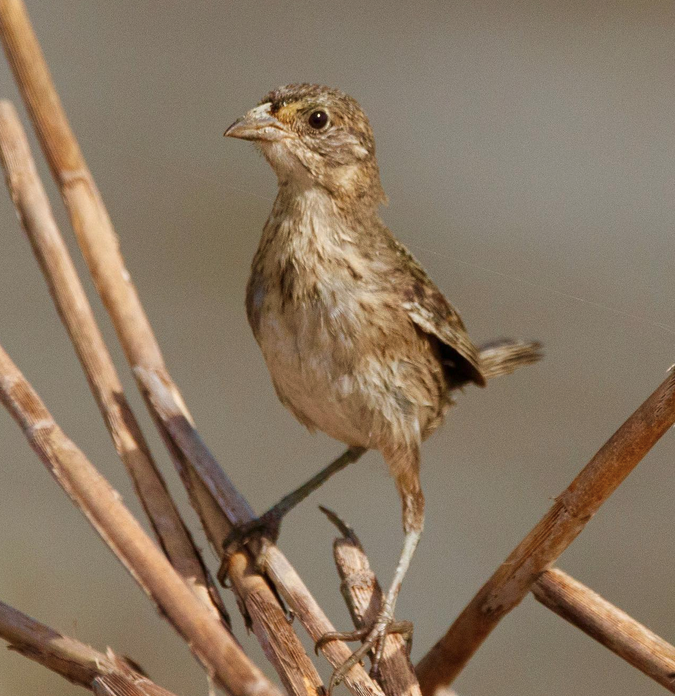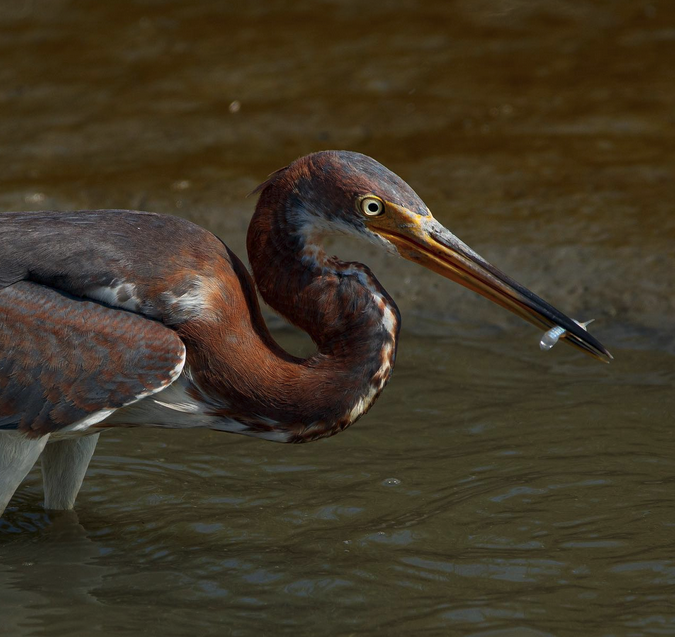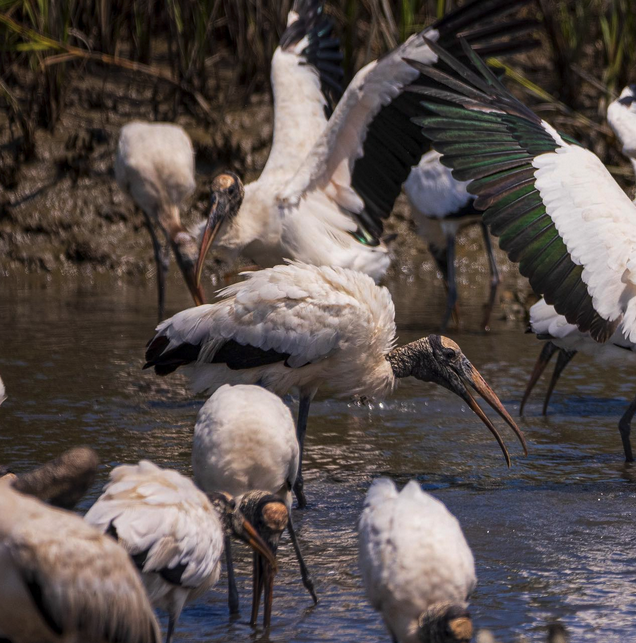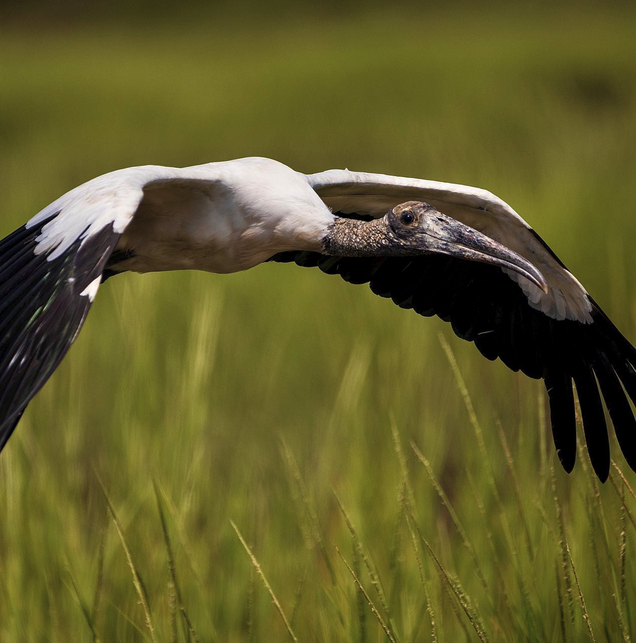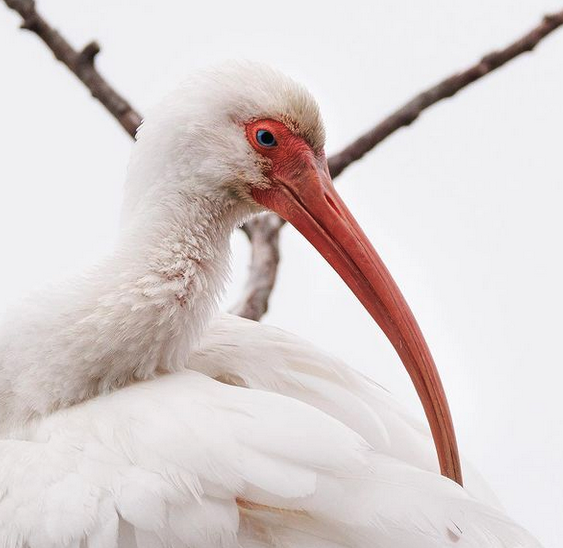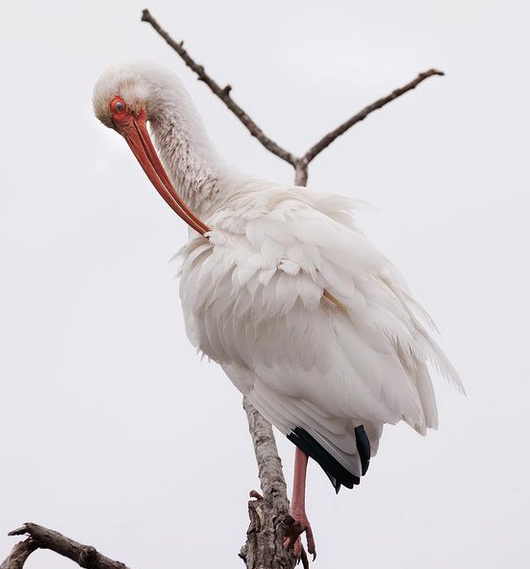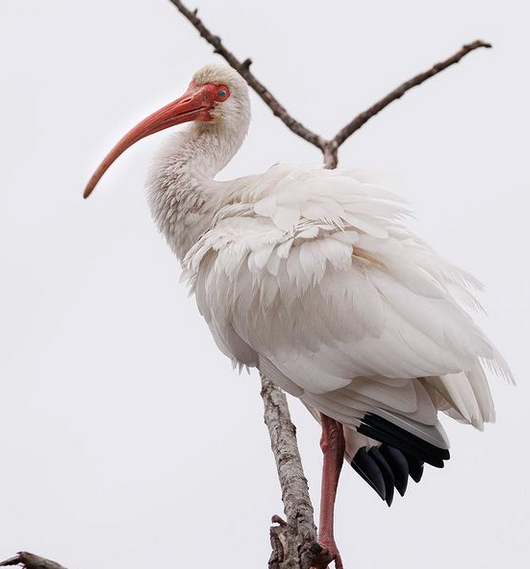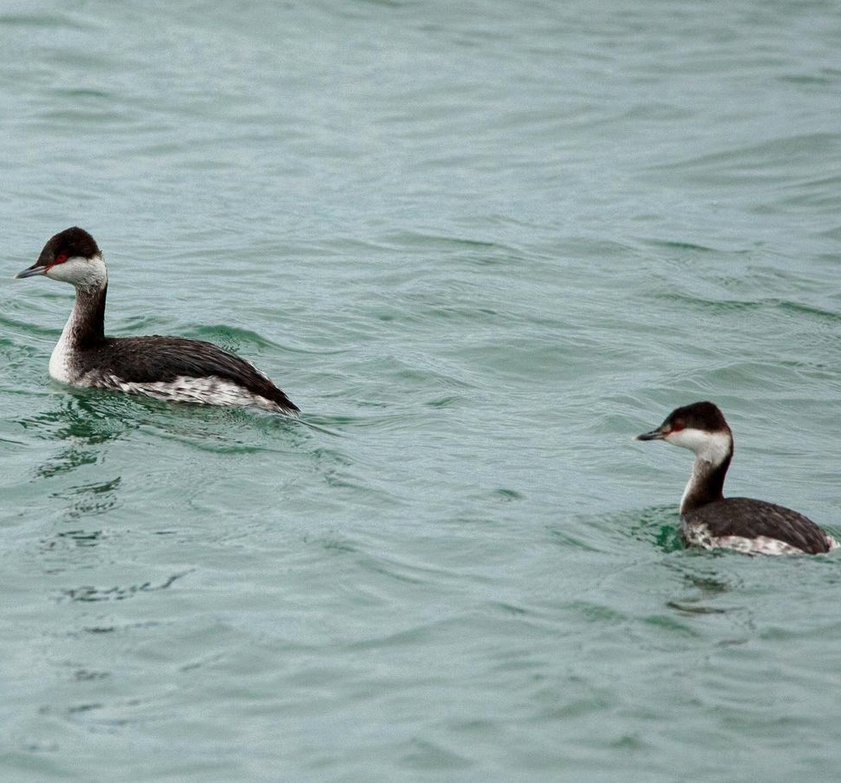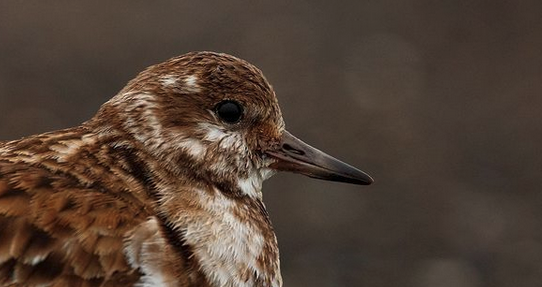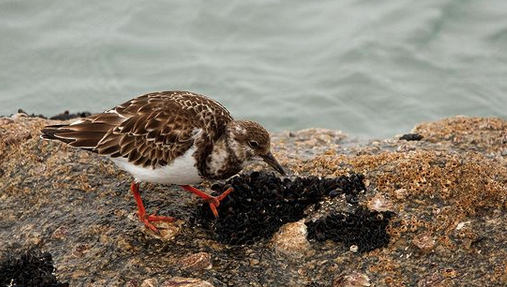By Sally Siko
Nicknamed the snake bird, some people think that Anhingas aren’t the most attractive species but I think they are beautiful!
It’s that turquoise color around their eyes and the combination of warm brown and black plumage which is pleasing to my artistic senses.
Truly they possess a unique look in the avian world.
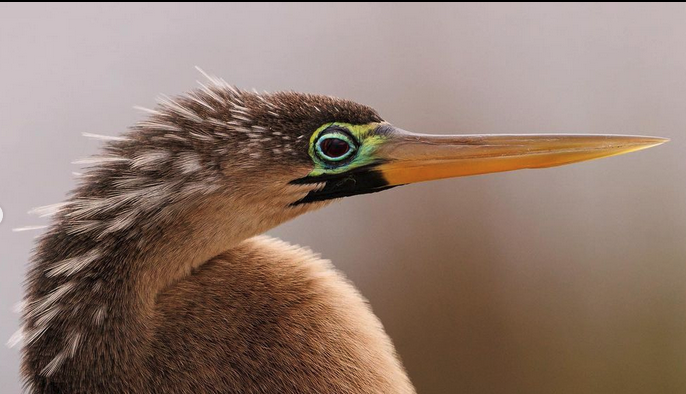
Anhingas are actually a species that is on the increase here in the Carolinas. They favor habitats containing freshwater with cypress trees and are most often spotted hunting for a meal in swamps, ponds and lakes in the coastal plain and in the eastern Piedmont regions.
As you may have guessed, Anhingas eat a wide range of aquatic creatures such as fish, crayfish, small invertebrates, insects, and frogs.Masters of underwater hunting expeditions, they are super entertaining to watch wrangling a meal.In fact, they’ve evolved with some unique ways to hunt underwater more efficiently.For one, they lack the water proofing oils found in duck species. Since (surprisingly) they’re not the strongest swimmers, they become waterlogged once their feathers become saturated. This added weight allows the Anhinga to dive deeper than it could if it was waterproof.Another specialized feature of the Anhinga is that they do not have nostrils. This adaptation means they’ve got no worries about accidentally breathing in water while hunting below the surface.
I think that it’s neat that a bird that looks like it belongs in the Jurassic Period would actually be the one species which is holding the latest in cutting edge freshwater hunting physiology, lol!
Photos and video by @sally_siko of @bestlife_birding on my mighty mirrorless monster, the @canonusa #R5




